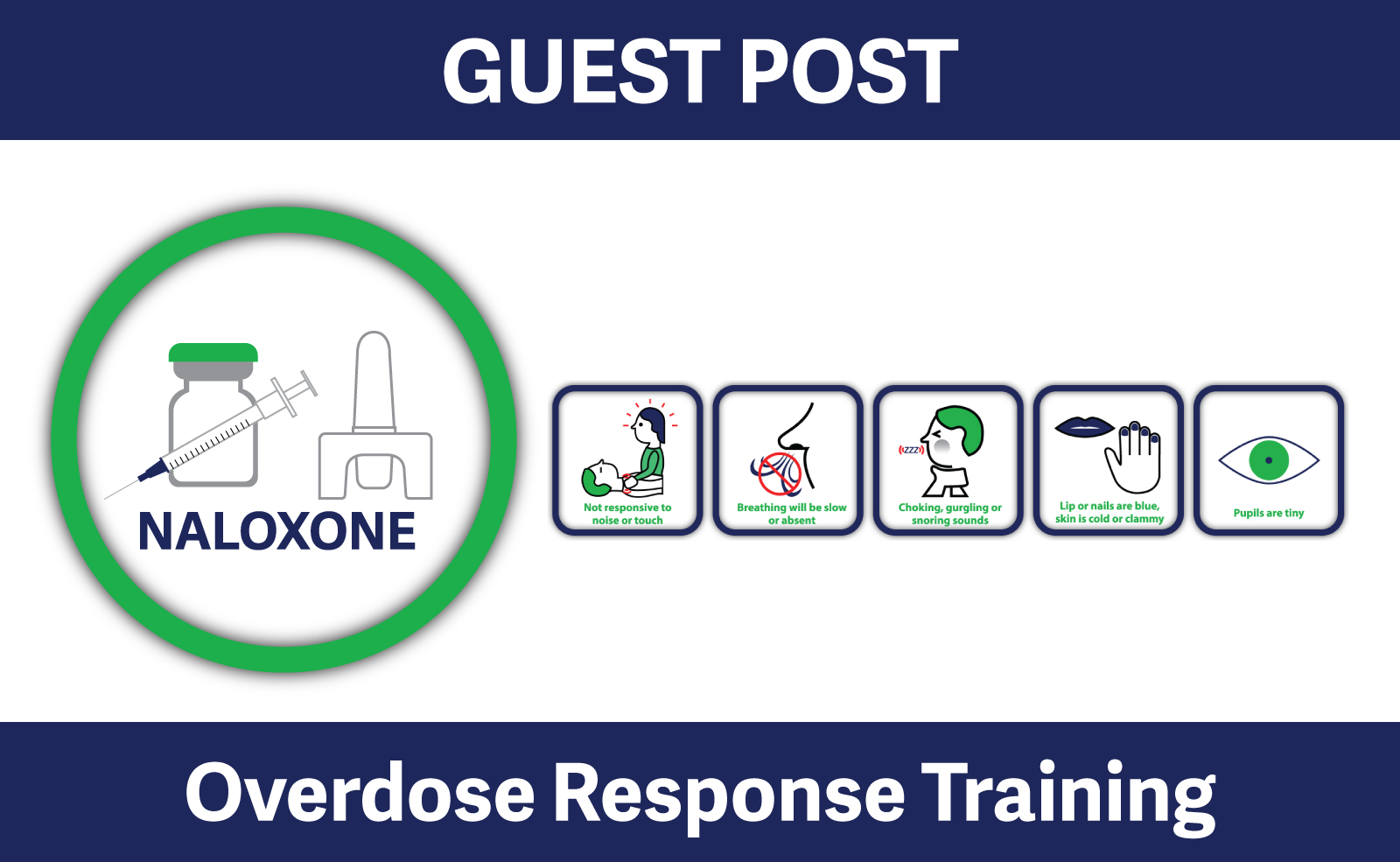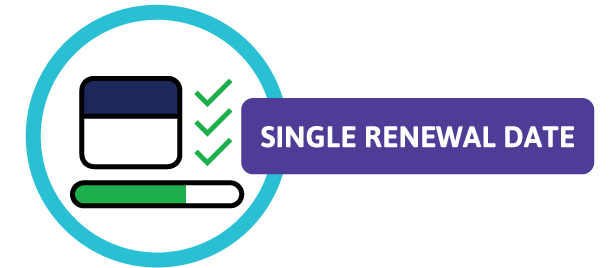Guest post: opioid overdose response training
There has been an unprecedented increase in the number of opioid overdose deaths in BC. This increase has been driven primarily by the introduction of fentanyl and analogues into the illegal drug supply. BC’s Take Home Naloxone program provides naloxone and supplies, and high-quality training at no cost to people who use drugs and those who are likely to witness and respond to an opioid overdose. However, there is increasing demand for naloxone kits from concerned British Columbians and organizations wanting to be prepared. As these groups are not eligible for the BC Take Home Naloxone program, many British Columbia pharmacies have stepped up to fill the need. In 2016, the College of Pharmacists of BC worked with the BC Centre for Disease Control to develop training materials to support pharmacists in providing naloxone and training to clients on how to respond to an opioid overdose, including how to safely and effectively administer naloxone.
A recent survey of members by the BC Pharmacy Association identified 177 pharmacies across BC that sell naloxone and provide training consistent with the College’s training guidance. An additional 63 pharmacies reported selling naloxone, but were unable to confirm that they were providing this training. With non-healthcare providers being those who are most likely to present to a pharmacy for naloxone, it’s crucial that everyone who accesses a kit is trained on the contents of the kit and how to safely and effectively support someone experiencing an opioid overdose until emergency services arrive.
Guidance for Pharmacy Practitioners
Responding to an opioid overdose emergency is a stressful experience. The individual overdosing may be a friend, colleague, or family member. We know in stressful circumstances, it’s hard to remember what you need to do and in what order. Strong, clear, and consistent training is essential to ensure that the person responding to an opioid overdose can provide the best care and get the best outcome.
Some people may not know that training is required, or why it’s so important. There is more to responding to an opioid overdose than administering naloxone. Calling 911 immediately is always the first course of action. Also, the biggest concern for opioid overdoses is respiratory depression, which can lead to catastrophic brain injury and death. This is why BC has recommended that opioid overdose response include rescue breathing until emergency services arrive. 911 may advise cardiopulmonary resuscitation may be required, and experts in the field say “whatever you do, just keep giving breaths”. We know that practice makes perfect, and even clients who have used naloxone before should be offered this training.
Pharmacies selling naloxone play a critical role in providing training to the public that includes all of these elements (as detailed in the College’s guidance for opioid overdose response training).
With the still very high numbers of opioid overdose deaths in BC, some challenging times are ahead of us. Pharmacists and other pharmacy staff are key players in reaching into communities to spread the response and play a vital role in supporting people to confidentially and effectively respond to opioid overdoses. We thank you!
Background
In 2015, 531 people lost their lives, and a further 967 died in 2016 (BC Coroners Service - Illicit Drug Overdose Deaths in BC). At least 640 people have died in the first five months of 2017. Illicit drug overdose is now the leading cause of unnatural death in BC, surpassing suicide and motor vehicle collisions combined.
In July 2016, a Joint Task Force (including leadership from both the health and public safety sectors) was struck and initiated work on a series of priorities to prevent opioid overdose death. A top priority of the Joint Task Force priority is to expand the reach of naloxone to facilitate an immediate response to an opioid overdose. A key regulatory change now permits anyone with appropriate training to administer naloxone without a prescription.
Naloxone is now available in multiple settings in BC, including emergency departments, correctional facilities, shelters and licensed care facilities to be used in the case of an opioid overdose. Naloxone is also carried by many RCMP and municipal police forces, ambulance paramedics, and many local fire department staff.
Since 2012, almost 50,000 publicly funded Take Home Naloxone kits have been distributed in BC, with over 21,000 thus far in 2017. Kits are now stocked at over 500 health service locations across BC to be given to individuals to use in the community if needed.
About the Authors
Gina McGowan, with the Ministry of Health, and Griffin Russell, with Island Health are co-chairs of the Naloxone Task Group under the British Columbia Health System Steering Committee on Overdose Prevention and Response.
 .
.
Gina McGowan
Gina McGowan is the Director of Blood Borne Pathogens with the British Columbia Ministry of Health, and a co-chair of the Naloxone Task Group under the British Columbia Health System Steering Committee on Overdose Prevention and Response. She holds a Master of Science degree from the University of Central Lancashire, and a Bachelor of Arts from the University of Victoria.

Griffin Russell
Griffin Russell has been a Regional Harm Reduction Coordinator with Island Health since December 2014. He has been intensively involved in providing education and training related to the Take Home Naloxone (THN) program across Island Health, substance use treatment centres, first nation health centres and community organizations. During this time there has been a significant expansion of THN programs across the region, from 7 in 2015 to over 80 individual sites presently, this is in pursuit of equitable access to the kits across the region.


 Share
Share



